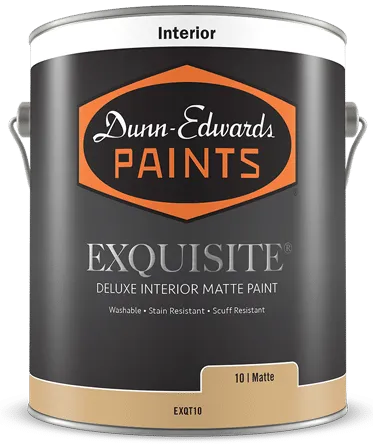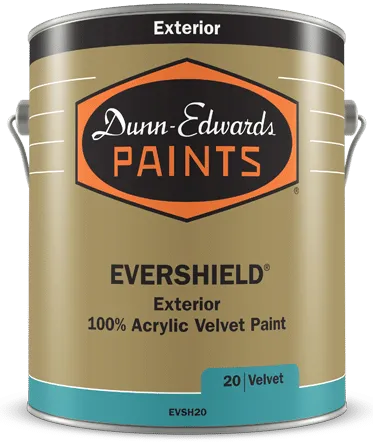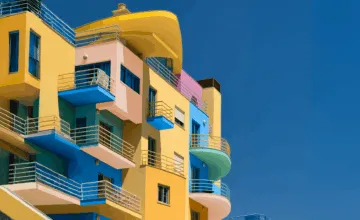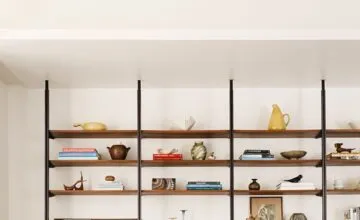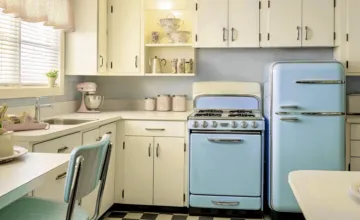Saturated: The Allure and Science of Color
07/06/2018 | Grace Lennon |
The New York City Smithsonian’s design museum is currently showing "Saturated: The Allure and Science of Color," a comprehensive exhibit about the continuing history of color perception. Assembling 190 artifacts, the exhibit traces a path between antiquity and the modern era through an exploration of how thinkers have ordered, manipulated and interpreted color. Drawn from the Smithsonian Libraries’ and Cooper Hewitt’s vast collections, the show takes visitors through “seven phases of color”— a reference to the seven hues Aristotle cited in his color spectrum in the fourth century B.C.— in sections like “Creating Color” and “Color and Form.”

Exhibit Interior
CAPTURING COLORS
"Capturing Colors" displays nearly 40 rare books, each depicting attempts to systematize, define and measure colors. Works by Sir Isaac Newton, Johann Wolfgang Goethe and French chemist Jean-Francois Persoz are on display.
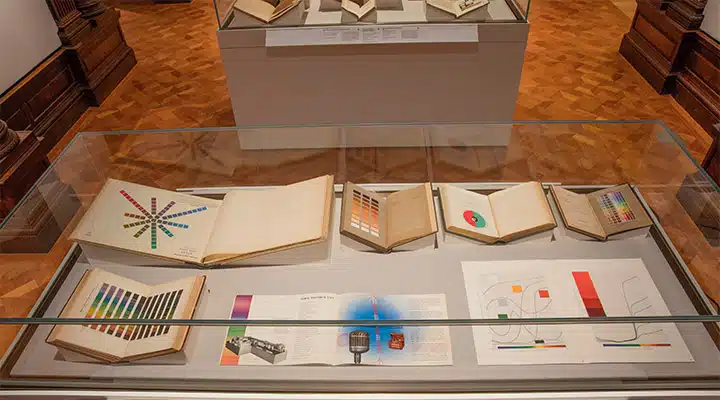
Capturing Colors Rare Book Collection
COLOR OPTICS
"Color Optics" explores how designers and artists play with how a color is perceived by its viewer — including experimentations in iridescence, light and image processing. The exhibition offers such examples as a Tiffany Peacock Vase (c. 1901) and a 19th-century Indian fabric woven with beetle wing casings for iridescence.

Tiffany and Co., Peacock Vase Vase (1901)
CREATING COLORS
"Creating Colors" examines the applications of color in the material world, looking at historical and contemporary ways to produce hues, from dye to 3-D printing. Through the designer’s use of 3-D printing, Michael Eden’s Tall Green Bloom Urn, 2012, achieves a vivid color impossible to produce with traditional ceramic materials.

Michael Eden’s Tall Green Bloom Urn, 2012
COLOR AND FORM
"Color and Form" explores how color enables us to understand spatial relationships, but can also deceive the eye. On view are four textile samples from Verner Panton’s 1969 Décor I Series in which a gradation of eight shades of turquoise causes turquoise geometric patterns to appear to project or recede.
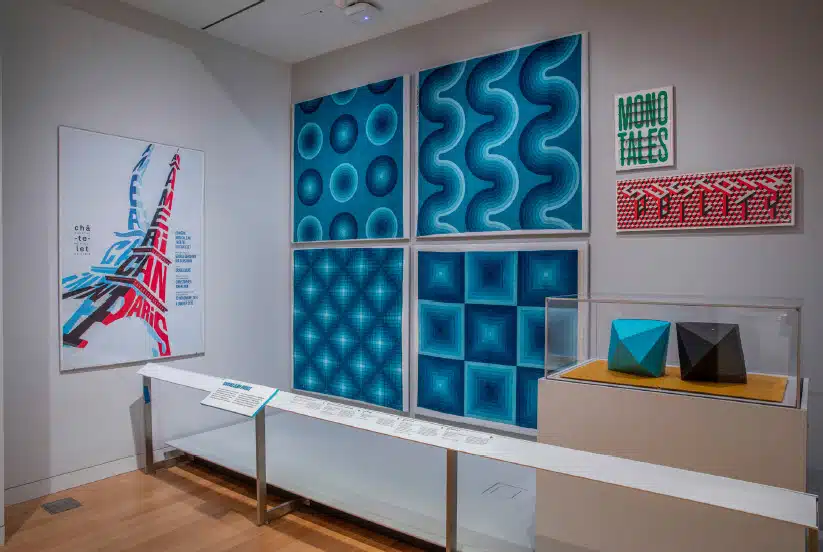
Verner Panton’s 1969 Décor I Series
NAVIGATING DESIGN
The exhibit also analyzes more pragmatic purposes for color — namely, way-finding. "Navigating Design" evidences the role it can play to effectively communicate and guide us through spaces (including Massimo Vignelli’s now-iconic color-coding of the New York subway line).
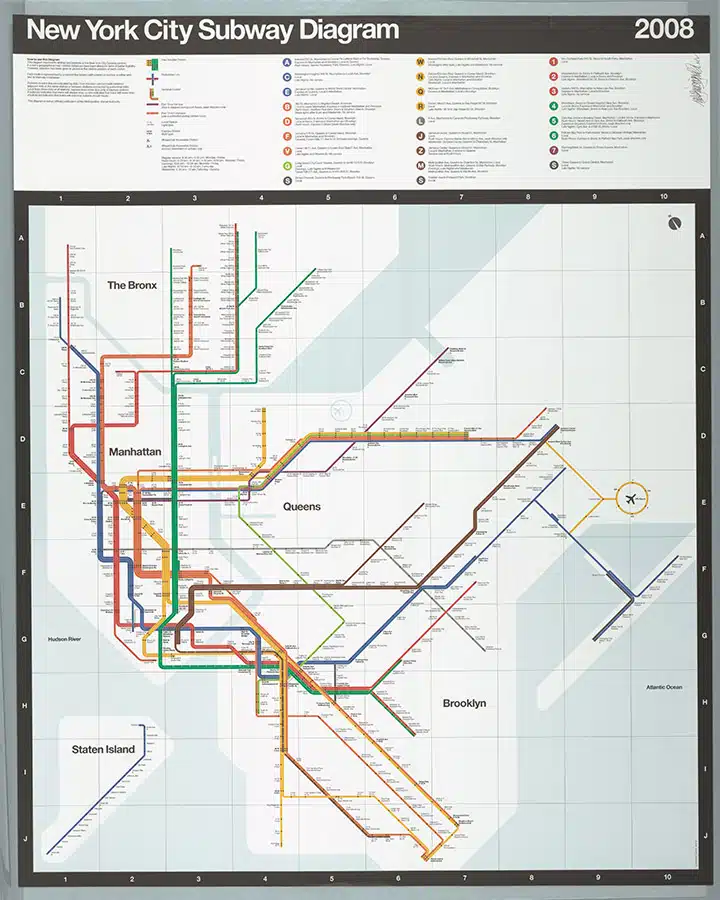
Massimo Vignelli, Beatriz Cifuentes and Yoshiki Waterhouse, New York City Subway Map (2008)
COLOR COLLABORATION
"Color Collaboration" reveals the tools that industries like fashion, furniture and interiors use to create successful productions, as well as how trend forecasters intuit what color we’ll be loving next year (and the year after that). Designers, manufacturers and their clients need to be able to communicate effectively about color, often remotely. For centuries, they have produced specialized tools — like textile color blankets, sample plates and shade cards — to develop palettes and coordinate production.
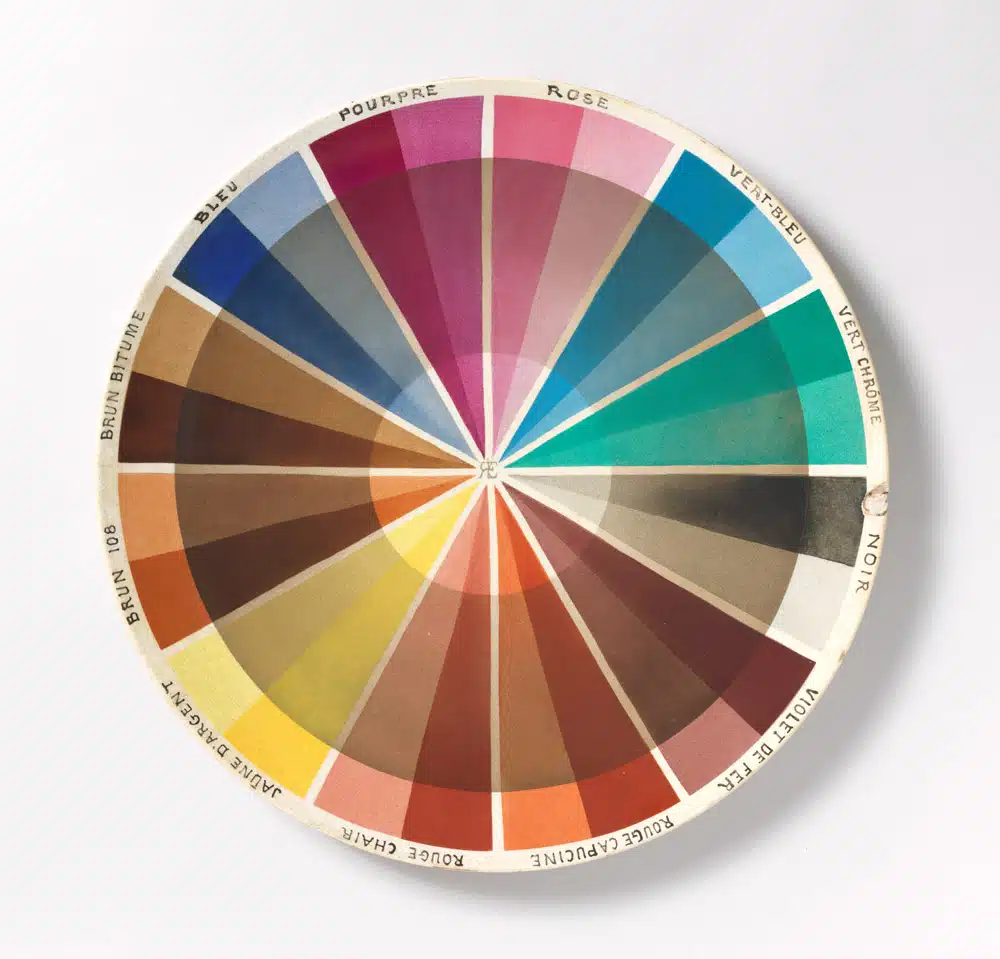
A French sample plate (c. 1920s)
CONSUMER CHOICE
"Consumer Choice" illustrates how color can be can be used to disrupt the perception of a certain type of product or attract a particular type of customer. Corporate colorists work not only to bring the most appealing colors to market but also to develop a recognizable color palette for the brand. The Jonathan Ive-designed iMac Computer, 1999–2000, became the best-selling personal computer in the United States with its bright, translucent case available in five colors named for fruits. On view is “blueberry,” but consumers could also pick grape, tangerine, lime and strawberry colorways.
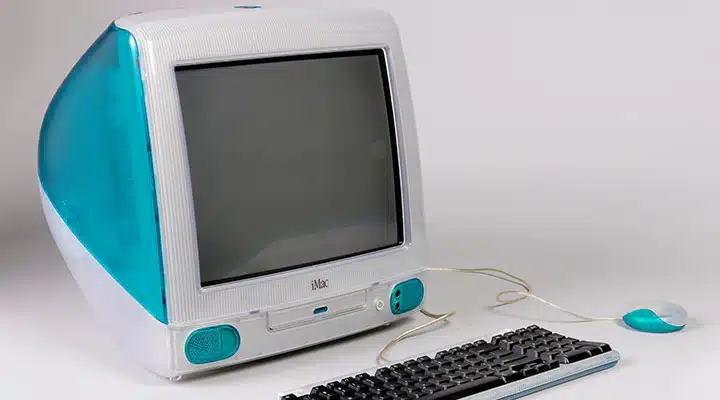
Apple Industrial Design Team and Jonathan Ive, iMac Computer With Keyboard And Mouse (1999)
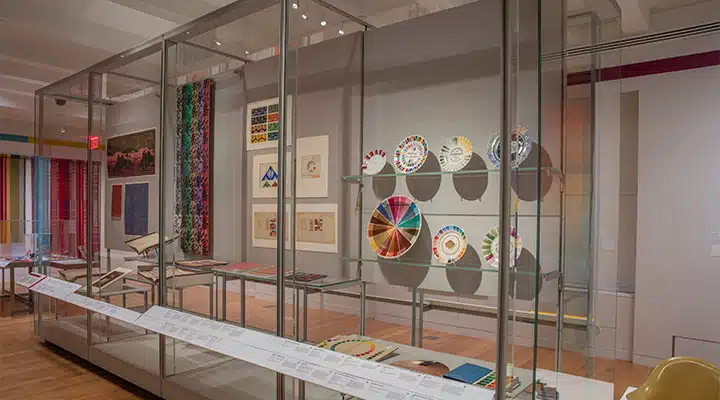
Exhibit Interior
"Saturated: The Allure and Science of Color" opened on May 11 and runs until January 13, 2019 at the Cooper Hewitt, Smithsonian Design Museum in New York City. For more information, please visit cooperhewitt.org/2018/02/27/cooper-hewitt-presents-saturated-the-allure-and-science-of-color/.
All Photographs Used With Permission



